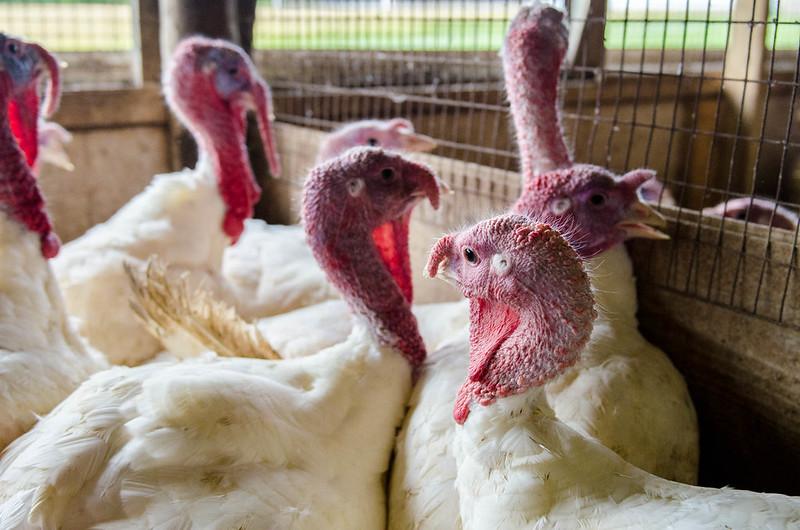The US Department of Agriculture (USDA) Animal and Plant Health Inspection Service (APHIS) reported two more highly pathogenic avian flu outbreaks in Minnesota, both involving commercial turkey farms in Stearns County, located in the central part of the state.

One facility houses 32,400 turkeys, and the other farm has 43,300 birds. Three other outbreaks were recently reported at turkey farms in the same county. Sporadic outbreaks in poultry flocks continue in the United States, including in Iowa, which reported two recent outbreaks at commercial farms.
More detections in wild birds, mammals
In separate updates, APHIS reported 22 more H5N1 detections in wild birds, several of which were agency-harvested birds in New Mexico's Roosevelt County, which included positive findings in house sparrows, two doves, a tanager, and a grackle. Detections from other states mainly involved raptors found dead, including bald eagles in Maryland, North Carolina, Minnesota, North Carolina, Virginia, and West Virginia.
APHIS also reported 13 more H5N1 detections in mammals, which mostly involved house mice from New Mexico's Roosevelt County. The new reports included a red fox from New Mexico and a domestic cat from Michigan's Clinton County.













